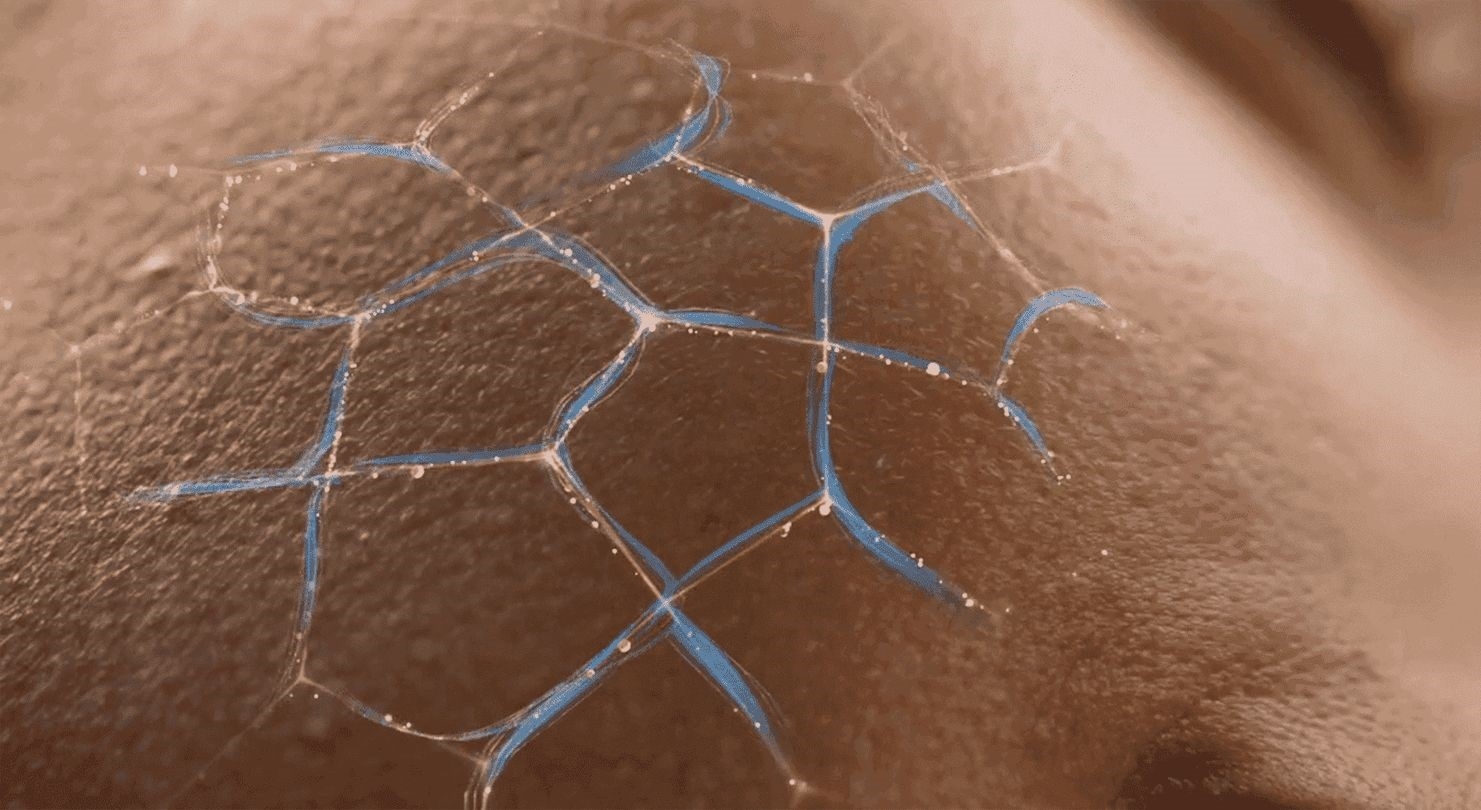The Fundamental Principles and Types of Chromatography

Chromatography is a powerful analytical technique widely used for separating and purifying components within a mixture. The core principle of chromatography involves the movement of a mixture through a stationary phase by a mobile phase. As the components of the mixture travel through the stationary phase, they interact differently with it based on their unique physical and chemical properties. This interaction leads to variations in their residence times, ultimately resulting in their separation as they exit the stationary phase at different rates.
Types of Chromatography
Chromatography can be categorized into several types based on the mechanisms employed for separation. The primary types include adsorption chromatography, distribution chromatography, ion exchange chromatography, size exclusion chromatography, and affinity chromatography. Each type utilizes distinct principles to achieve separation, making chromatography a versatile tool in both research and industrial applications.
- Affinity Chromatography
Affinity chromatography is a specialized form of liquid chromatography that exploits the specific binding characteristics between a target molecule and a stationary phase. This method is particularly valuable in the purification of biomolecules, such as proteins, enzymes, and antibodies. In this technique, the stationary phase is often modified to include ligands that specifically interact with the target molecules. For instance, antibodies can be immobilized on a solid support to selectively capture antigens from a complex mixture. The process typically involves three key steps: equilibration, adsorption, and desorption. During equilibration, the column is prepared with a buffer solution. In the adsorption phase, the sample is introduced, allowing the target molecules to bind to the stationary phase. Finally, desorption is achieved by altering the conditions (e.g., changing the pH or ionic strength) to release the purified target molecules. Affinity chromatography is widely used in biochemistry and molecular biology for the purification of proteins, nucleic acids, and other biomolecules.
- Size Exclusion Chromatography (SEC)
Size exclusion chromatography, also known as gel chromatography, separates molecules based on their size. This technique employs porous gel beads as the stationary phase, allowing smaller molecules to enter the pores while larger molecules are excluded. As a result, larger molecules elute from the column faster than smaller ones, leading to effective separation. SEC is particularly useful for purifying proteins, peptides, and nucleic acids, as it provides a gentle method that preserves the biological activity of the separated molecules. When using aqueous solutions as the mobile phase, the technique is referred to as gel filtration chromatography (GFC), while the use of organic solvents is known as gel permeation chromatography (GPC). SEC is commonly applied in both biological and polymer sciences.
- Bonded-Phase Chromatography
Bonded-phase chromatography involves the use of a stationary phase that has been chemically modified to enhance separation based on solubility differences. This method typically employs a liquid substance that is either coated onto a solid support or chemically bonded to it. The most common bonded phases include C18, C8, and amino columns. This technique can be further divided into normal-phase chromatography (NPC) and reverse-phase chromatography (RPC), depending on the polarity of the stationary and mobile phases used. RPC has gained popularity due to its versatility and effectiveness in separating a wide range of compounds, including non-polar and polar substances.
- Adsorption Chromatography
Adsorption chromatography utilizes a solid adsorbent, such as silica gel or alumina, to separate components in a mixture based on their adsorption affinities. The separation process relies on the equilibrium between adsorption and desorption, where components with stronger interactions with the adsorbent are retained longer than those with weaker interactions. This method is particularly effective for separating isomers and non-ionic compounds, although it may face challenges when dealing with ionic compounds, which can lead to tailing effects during separation.
Conclusion
Chromatography is an essential analytical technique with diverse applications across various fields, including biochemistry, environmental science, and pharmaceuticals. Each type of chromatography offers unique advantages and is chosen based on the specific requirements of the separation task at hand. As technology advances, the methods and materials used in chromatography continue to evolve, enhancing the efficiency and effectiveness of this vital chromatography separation technique. Whether for research or industrial purposes, chromatography remains a cornerstone of analytical chemistry, enabling scientists to isolate and purify complex mixtures with precision.
- Questions and Answers
- Opinion
- Motivational and Inspiring Story
- Technology
- Live and Let live
- Focus
- Geopolitics
- Military-Arms/Equipment
- Segurança
- Economy
- Beasts of Nations
- Machine Tools-The “Mother Industry”
- Art
- Causes
- Crafts
- Dance
- Drinks
- Film/Movie
- Fitness
- Food
- Jogos
- Gardening
- Health
- Início
- Literature
- Music
- Networking
- Outro
- Party
- Religion
- Shopping
- Sports
- Theater
- Health and Wellness
- News
- Culture

